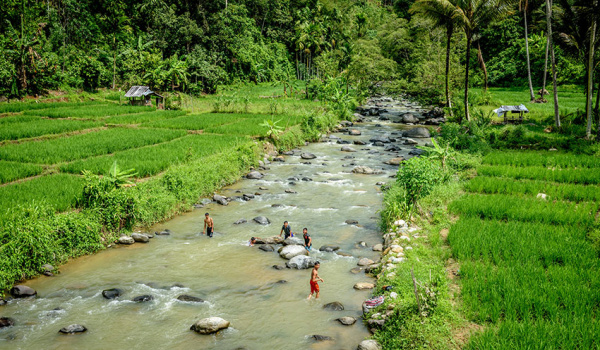Dr Vinod Thomas
Dr Vinod Thomas is an Indian economist whose work lies at the intersection of economic, social and environmental issues. He is currently a visiting professor at the National University of Singapore and the Asian Institute of Management, Manila. Prior to this, he was the Director General of Independent Evaluation at the Asian Development Bank. Dr Thomas has also held a number of senior positions at the World Bank, including Director General and Senior Vice President of the Independent Evaluation Group. In 2004, he received the World Bank Green Award for his environmental stewardship. He has authored numerous publications including The Quality of Growth (2000), Multilateral Banks and the Development Process (2012) and Climate Change and Natural Disasters (2018).










Comments